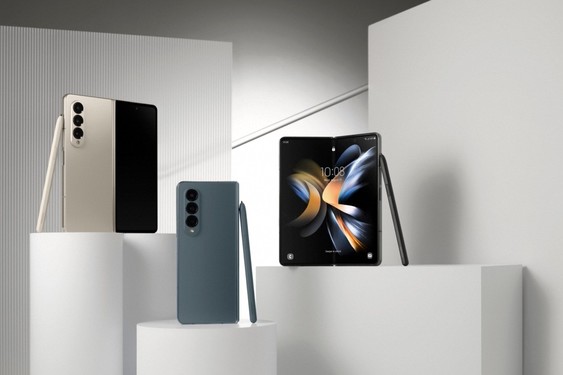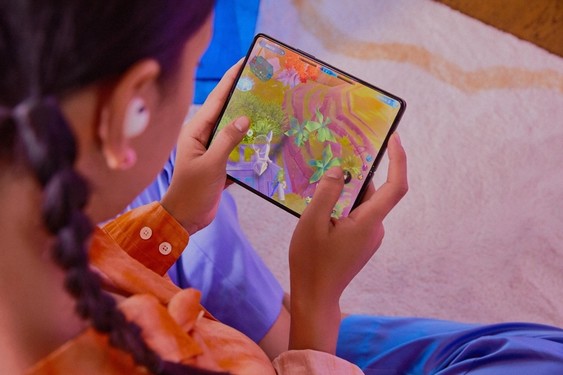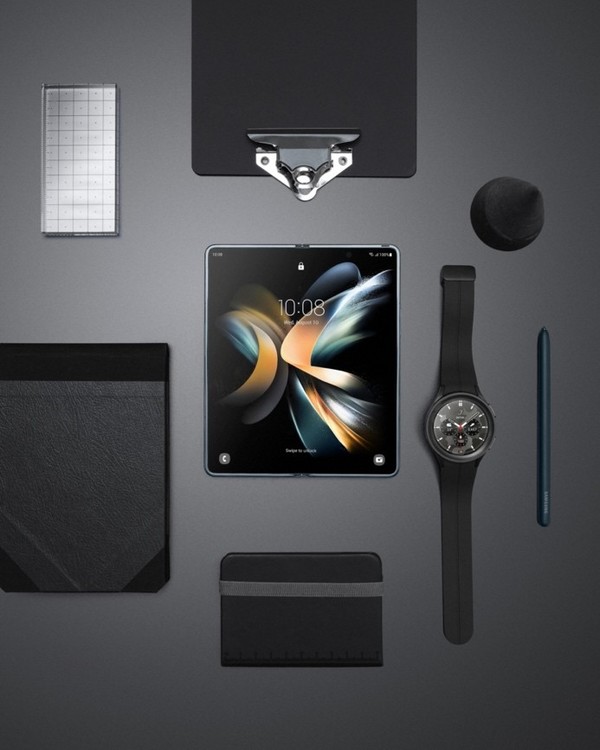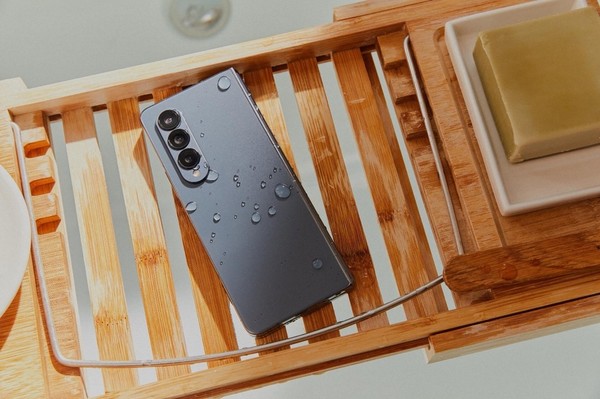According to multiple reports, consumers ‘ love and acceptance of folding screen mobile phones is growing day by day. The “2023 China Folding Screen Mobile Phone Market Insight Report” released by iResearch recently shows that among the future mobile phone model replacement intentions, more than 90% of folding screen users indicated that they would still choose folding screen mobile phones when switching phones. . At the same time, CINNO Research data shows that in January 2023, sales of folding screen mobile phones in the Chinese market will increase by 54% year-on-year and 57% month-on-month. In this fast-growing market, Samsung is undoubtedly the leader and pioneer in this category. Since the release of the first folding screen mobile phone Galaxy Fold in 2019 , Samsung has continued to innovate and make breakthroughs in the field of folding screens in terms of flexible screens, hinge technology, durability, imaging, etc., and constantly refresh consumers’ expectations for the experience of folding screen mobile phones. In particular, the current flagship Samsung Galaxy Z Fold4 is the best proof of Samsung’s continuous innovation in folding screen technology.

One of the key technologies for the birth of the folding screen form is the flexible screen. Samsung, which has a full industrial chain layout, launched flexible display technology as early as 2011. It is one of the brands in the industry that has developed the longest and invested the most in flexible screens. Today, after continuous iterations, its latest folding screen flagship Samsung Galaxy Z Fold4 is equipped with a 7.6-inch high-quality immersive wide screen. It adopts the second-generation dynamic AMOLED screen, has a high resolution of 2176 x 1812, supports 120Hz adaptive refresh rate, can provide clear and smooth images when playing games or watching movies, and can intelligently match appropriate refresh rates according to different application scenarios , intelligently optimize battery life. In addition, this main screen also has a global screen brightness of up to 1000 nits, so that even if the user is in an outdoor strong light environment, the mobile phone screen can still be clearly presented.

In the early stage of the development of flexible screens, their toughness was low, and their hardness was also inferior to the screens of traditional straight-screen mobile phones. In order to protect the screen, manufacturers including Samsung and Huawei have adopted the material of polymer film, that is, CPI film (Colorless Polyimide, transparent polyimide) as a foldable screen protection cover. In 2020, Samsung took the lead in using UTG (ultra-thin flexible glass) cover material on the flexible screen of Galaxy Z Fold2 5G . Compared with the previous CPI material cover plate, UTG has better wear resistance, heat resistance and light transmission A qualitative leap. Today’s Samsung Galaxy Z Fold4 uses the latest generation of UTG technology, which brings higher durability, hardness and light transmittance, and provides users with a better screen experience.

Compared with traditional straight-screen mobile phones, the internal structure of folding-screen mobile phones is complex, and many structural design problems need to be solved, which can be said to affect the whole body. Especially for the hinge design, it is not only necessary to improve the flatness of the screen as much as possible, but also to achieve a perfect balance in terms of thinness, weight and reliability of the hinge. In this regard, Samsung took the lead in solving these problems, and continuously optimized the experience through innovative technologies. On the Samsung Galaxy Z Fold4, the new hinge structure design realizes the rotation function of the hinge with linear motion through the helical structure, making the hinge more compact, lightweight and slim as a whole. Compared with the previous generation, the number of hinge parts of Samsung Galaxy Z Fold4 has been reduced by 60%, and the weight has been reduced by 15%. As a result, the Samsung Galaxy Z Fold4 is as light as 263g, with a grip and lightweight body comparable to traditional direct-screen flagships. At the same time, the hinge of Samsung Galaxy Z Fold4 also has excellent durability, not only can support 200,000 times of opening and closing experience, but also supports IPX8 waterproof.

In order to further improve the overall durability of the fuselage, Samsung has also developed a new “armored aluminum” material. This material not only retains the lightness of traditional aluminum, but also greatly improves the strength, making the phone more durable and able to effectively resist physical damage caused by external impacts. At present, armored aluminum materials have been applied to the middle frame and hinge parts of folding screen mobile phones such as Samsung Galaxy Z Fold4, which greatly improves the body’s anti-drop and anti-knock capabilities. In addition, the outer screen and back panel of Samsung Galaxy Z Fold4 are applied with Corning® Gorilla® Glass Victus®+ glass, and the body’s resistance to drops and scratches has also been effectively improved.
Through continuous technological innovation and optimization and upgrading, Samsung has created the most mature and industry-recognized folding screen flagship series in the current market. At the same time, it has also proved its strong industrial design capabilities and leading technical background in the industry. In the future, Samsung will continue to innovate in the field of folding screen mobile phones, expand the boundaries of experience, and bring more development paths for the entire industry.